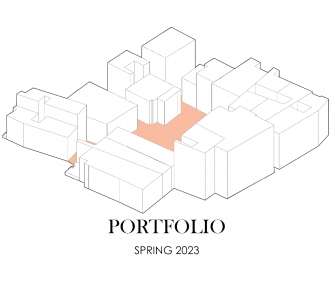- Tutor/s Radhika Amin | Manan Singal_VF
- TA Helly Desai
- Code UR2001
- Faculty Planning
- Level L2 Studio Unit
Cities are complex systems made up of multiple interrelated layers and the process of urban design demands an attitude to develop sensible and responsive design solutions. The advent of computational techniques opens up a possibility to link design to multi layered complex analysis and hence the behavior to form opens up. With the site in the old city of Ahmedabad we began by analyzing it; decoding its layers of evolution, context and adjacencies, clusters, built typologies, culture, behavior and climate. This helped students to extract existing rules and design parameters to understand the shortcomings and threats. Evaluating the context, they developed a unique design ambition and design strategies to apply to the existing urban fabric. The studio process challenged students to deal with multiple layers of building use, open space network, density and built morphology in a bottom-up approach using the concept of Genetic Algorithm. The expectations of this studio were a reflection of scientific detail and an analytical mindset along with a sensitivity to the social, cultural and spatial responses of the place. Various analogue and digital tools like Rhinoceros + Grasshopper have been used for analyzing existing urban environmental and spatial qualities and for creating multi-objective iterations.











